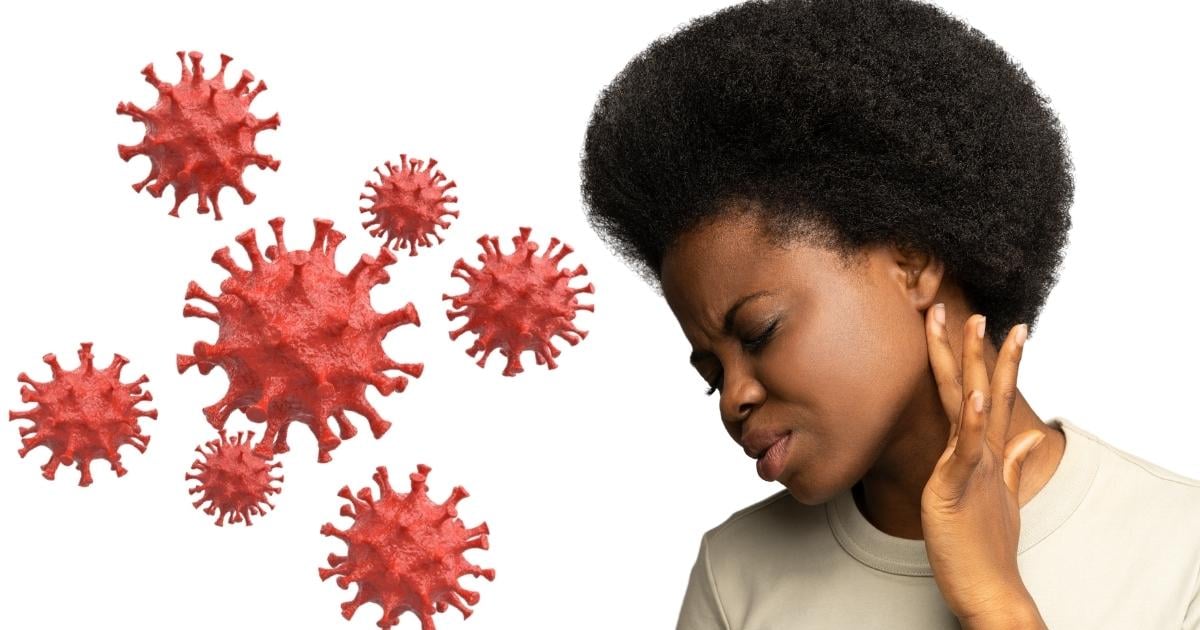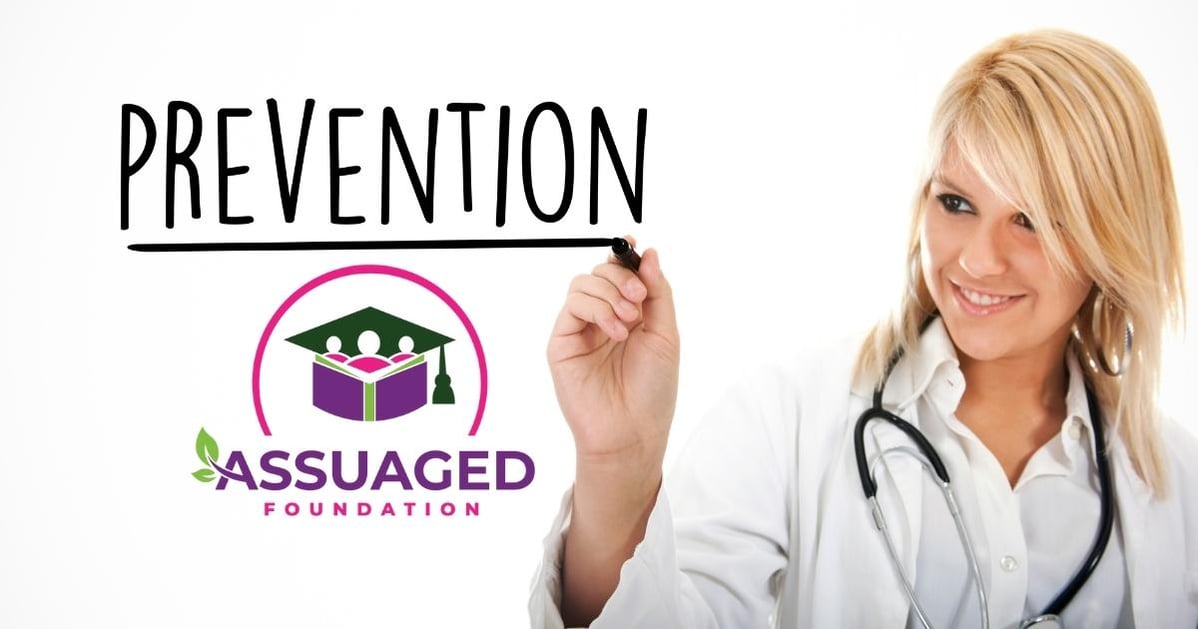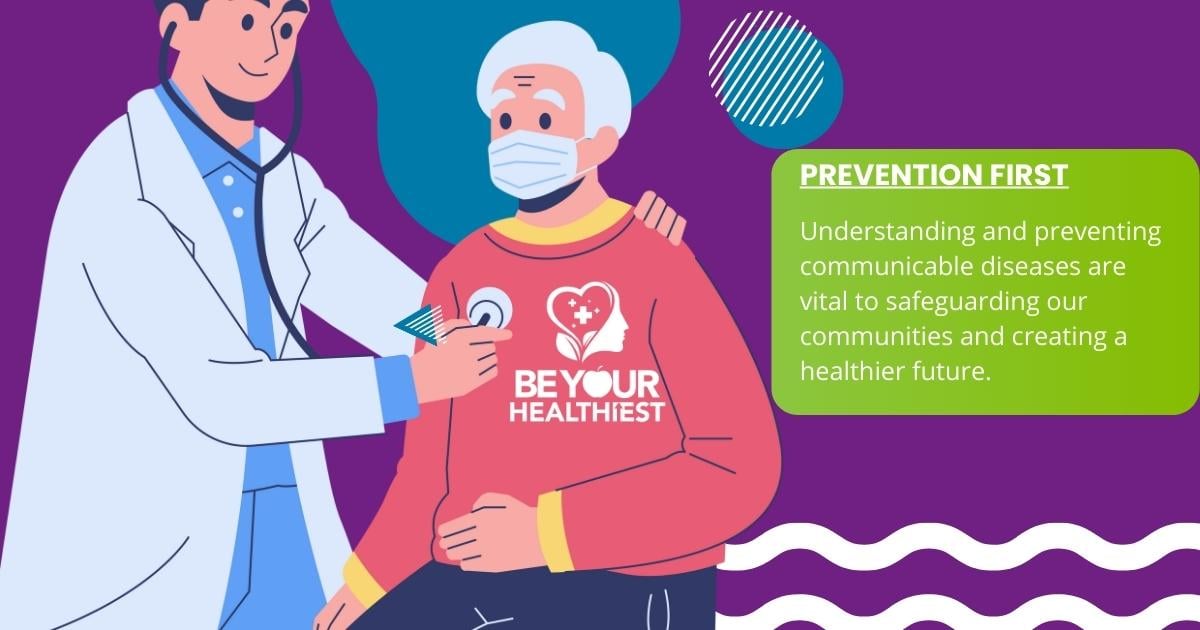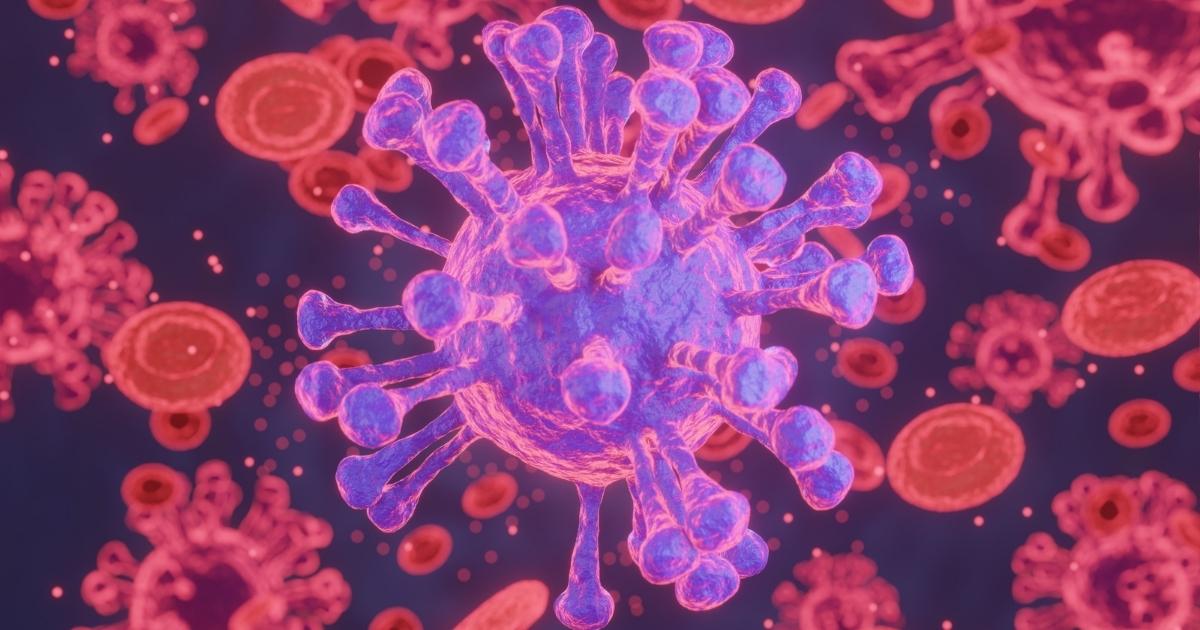Did you know number of visits to physician offices for infectious and parasitic diseases is 10.2 million?
Such an enormous figure seemed to highlight the profound impact of these diseases on our society. Despite tireless efforts and remarkable advancements, communicable diseases remained a constant challenge in the field of public health. Hence, we must understand the importance of prevention and education about communicable diseases as this disease grows stronger with each passing day. In this article, we will take a closer look at the complex world of communicable diseases and delve into their intricacies.
1. Communicable Diseases and how they spread.
According to the Centers for Disease Control and Prevention, Communicable disease is an externally contagious disease that can spread from one person to another, from an animal to another person, or from a surface to a person. For example, when one person has a cold, virus, or other illness, they can transmit the pathogen to another person through contaminated objects, which can lead to small, isolated outbreaks or full-blown epidemics.
“Pathogens are organisms that can cause disease, and another name for a pathogen is an infectious agent, as they cause Infections”. Pathogens, including bacteria, viruses, fungi, and yeast, cause communicable diseases “.

Spreading communicable disease depends on the specific disease or infectious agent, but here are some ways in which infections can be transmitted :
- Physical contact with an infected person, whether through touch, sexual intercourse, fecal/oral transmission, or droplets.
- Contact with a contaminated surface or object, contaminated food, infected blood, or contaminated water.
- Bites from insects or animals that can transmit disease.
- Airborne transmission such where the disease spreads through the air.
1. Common symptoms of Communicable disease
The individual begins to go through symptoms once a pathogen enters a person’s body and activates for replicating. The fun fact is that a person can still transmit the pathogen without experiencing any symptoms. The symptoms of some communicable diseases may be mild, yet some are potentially life-threatening as the severity of symptoms may depend on an individual's overall health and immune function. The most common symptoms of communicable diseases often include:
- Fever
- Diarrhea,
- Fatigue,
- Muscle aches
- Coughing
2. Common types of communicable disease
|
Communicable Diseases |
Description |
|
Tuberculosis |
It's a lung-targeting bacterial infection. |
|
Salmonella and Escherichia coli |
Salmonella and E. coli can be found in specific foods, on certain pets, in water, food, soil, or on surfaces that have come into contact with animal or human waste. It's important to note that individuals can transmit these bacteria to others, even if they are not experiencing any symptoms. |
|
Human Deficiency Virus |
This weakens the immune system, making the person susceptible to other infections and diseases. |
|
Influenza |
viruses attack the respiratory system |
|
Coronaviruses |
Coronaviruses, including the SARS-CoV-2 virus, can cause a range of symptoms, from common cold and flu symptoms to more severe outcomes. |
3. When should you seek medical attention?
If you're experiencing cold symptoms, there's usually no need to rush to the doctor unless your symptoms are severe or persist longer than expected. In most cases, common cold symptoms like a runny or stuffy nose, cough, sore throat, mild headache, or slight body aches can be effectively managed at home with rest, fluids, and over-the-counter medications.
4. Diagnosis and treatment options:
Diagnosing infectious diseases can be quite challenging. Doctors carefully analyze samples of body fluids to determine the specific microbe responsible for the illness, which then allows them to create a personalized treatment plan. This process typically involves conducting laboratory tests such as blood, urine, throat swabs, and stool samples. In some cases, imaging procedures like X-rays, CT scans, and MRI may also be necessary to aid in the diagnosis.
Treatment for infectious diseases varies depending on the cause. Bacterial infections can often be treated with antibiotics, while viral infections can be managed with over-the-counter medications. In certain situations, healthcare providers may prescribe specific medications like oseltamivir phosphate for the flu or antiretroviral therapy for HIV. Antifungal medications are effective for fungal infections, and antiparasitic drugs are used to treat parasitic infections.

5. Preventive Measure: Protect yourself and others
In 2020, an estimated 765,000 people sought treatment in emergency departments due to infectious diseases.
Therefore, in order to keep ourselves and others safe, it's important to develop healthy habits that can help prevent the spread of germs and infectious diseases. By implementing effective preventive measures, we have the ability to greatly reduce the spread of these diseases and protect ourselves and our communities. Here are some key prevention strategies to consider:
Practice good hand hygieneRegularly clean your hands to prevent germ spread. Wash them before and after handling food, prior to meals, and after using the restroom, and avoid touching your face without washing your hands first. This minimizes the risk of germs entering your body.
Get vaccinated. Keep yourself informed about the recommended vaccines to lower the chances of getting diseases and enhance your protection.
Stay home when ill. If you or your child are experiencing vomiting, diarrhea, or a fever, it's best to stay home for the time being.
Prepare food safely. Ensure that kitchen surfaces are kept clean and cook foods to the appropriate temperature using a food thermometer. Ground meats should be cooked to a minimum temperature of 160°F (71°C), poultry should reach a minimum temperature of 165°F (74°C), and most other meats should reach at least 145°F (63°C).
Also promptly refrigerate leftovers — don't let cooked foods remain at room temperature for long periods of time.
Practice safe intercourse: Use condoms if you or your partner has a history of STIs or high-risk behavior.Avoid sharing personal items. Use personal hygiene items and avoid sharing drinking glasses or dining utensils to minimize the spread of germs and infectious diseases.
Clean and disinfect frequently touched surfaces:
Regularly clean surfaces with soap and water, but disinfect bathrooms and kitchens. Use an EPA-certified disinfectant or bleach solution to disinfect other areas if someone is sick.
To summarize, Communicable diseases are infections caused by viruses or bacteria that can be transmitted through various means, including contact with contaminated surfaces, bodily fluids, insect bites, or even through the air. Examples of such diseases include HIV, hepatitis, measles, and salmonella. They can be transmitted through fecal-oral routes, food-borne transmission, sexual intercourse, insect bites, contact with contaminated objects, droplets, or skin contact.
6. Resources
General Infection Prevention and Disease Reporting:
- CDC Infection Control website
- CDC’s Core Infection Prevention and Control Practices for Safe Healthcare Delivery in All Settings
- CDC Infection Control Guidelines Library
- CDC Reporting Illness/Death
Let's make a conscious effort to learn, practice, and share these healthy habits with everyone around us. Together, we can make a positive difference in our health and well-being.
Choosing a healthy plant-based and vegan diet is most beneficial when it comes to:
-
Higher levels of energy;
-
Improved sleep;
-
 Aids in energy and overall happiness;
Aids in energy and overall happiness; -
Provides a sense of comfort and relief;
-
Could prevent major diseases such as obesity and diabetes;
-
Accomplish weight-loss and management; and
-
Improves mental and cognitive functioning.
There are really no excuses not to try healthier habits in your everyday life. If you are a man or woman looking for specific benefits of adopting healthier habits or just want to know about the general healing properties of herbs. Please remember to comment or post any health questions, or contact us directly!

















